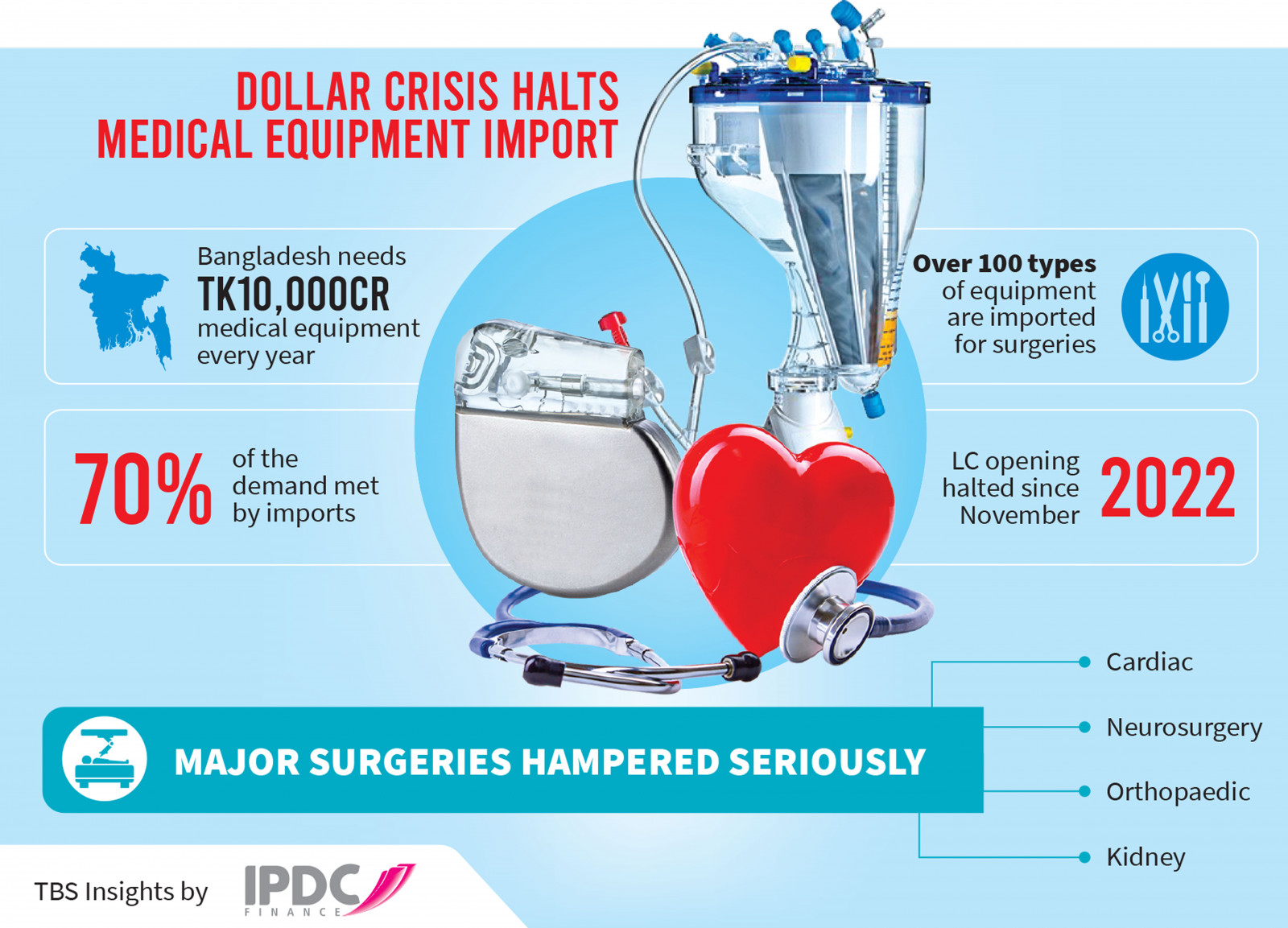
A Revolutionary Breakthrough: Self-Sustaining, Bioresorbable Temporary Pacemaker Provides Fresh Hope for Cardiac Patients
In an outstanding leap forward in biomedical engineering, a global team of researchers has created a self-sustaining, bioresorbable temporary pacemaker that has the potential to greatly enhance recovery outcomes for patients undergoing cardiac surgery. This compact device — comparable in size to a grain of rice — shows significant promise for pediatric cardiac patients, presenting a safer and more effective option compared to current external pacemakers.
Transforming Post-Surgery Cardiac Treatment
Following major heart surgeries, during which the heart is temporarily halted, many patients are outfitted with temporary pacemakers to ensure a stable cardiac rhythm during their recovery. Conventional systems rely on external hardware and wires — pacing leads — placed into the patient’s heart and linked to an external power source. While these systems are useful, the leads often become enveloped in scar tissue, complicating removal and, in certain instances, leading to fatal consequences. A notable case is astronaut Neil Armstrong, who succumbed to complications stemming from pacing lead extraction.
To mitigate this persistent problem, the team of researchers, led by Professor John Rogers of Northwestern University, has engineered a groundbreaking bioresorbable pacemaker that operates without external leads or wires. It naturally breaks down within the body over time, removing the necessity for surgical extraction and the risks involved.
How the Device Functions: Self-Sustaining and Light-Activated
The innovative pacemaker incorporates 2-millimeter-wide electrodes that are embedded directly into the cardiac tissue. These electrodes consist of various metals with differing electronegativities, forming a small battery with the patient’s own bodily fluids serving as the electrolyte. This built-in energy generation capacity negates the requirement for external power supplies.
A significant aspect of the system is an integrated phototransistor that governs when the pacemaker is activated. When light is absent, the circuit remains open, keeping the device inactive. For continuous heart rhythm monitoring, a rechargeable lithium-polymer battery is situated on the skin’s surface. If an irregular heartbeat is observed, the external heart monitor activates a near-infrared LED. Since near-infrared light can effectively penetrate tissue, illuminating the implanted phototransistor closes the circuit — leading to the pacemaker delivering an electrical impulse to restore a normal rhythm.
Biocompatibility and Bioresorbability: Safe and Temporary
One of the most exceptional features of this pacemaker is its bioresorbability. Made from non-toxic, bioresorbable materials, the device is intended to naturally dissolve within the body over a timeline of one to three years, contingent on the metal compositions utilized. What remains is a tiny, biocompatible remnant that does not obstruct imaging technologies such as MRI.
In addition, the device’s miniature size allows it to be implanted via a mere 3mm needle. This is particularly advantageous for young children, who not only possess smaller bodies but frequently require temporary pacing devices after congenital heart surgery.
Coordinated, Multi-Site Cardiac Pacing
A primary challenge faced by current temporary pacemakers is their limited ability to synchronize electrical pulses across various regions of the heart. This innovative device addresses this constraint by employing differently tuned wavelengths of light to activate specific devices in distinct areas of the heart. This advancement enables finely tuned synchronized pacing — a vital aspect of intricate cardiac therapies — delivering enhanced care with minimal invasiveness.
Pathway to Commercialization and Clinical Application
Despite promising early results — with successful tests conducted on both small and large animals, as well as human donor hearts — substantial work lies ahead before the device can be utilized clinically. Regulatory approval generally requires five to seven years, even for traditional pacemakers, and the groundbreaking nature of this device will likely attract thorough examination.
Nonetheless, Rogers and his group remain hopeful. They are currently pursuing regulatory approval to commence human clinical trials, a vital step towards commercial manufacturing.
An Expert’s Insight
Dr. Alex Abramson of Georgia Institute of Technology characterized the research as “fantastic work,” noting that although externally-triggered implants are not revolutionary, this pacemaker’s light-based activation mechanism distinguishes itself through its simplicity and accessibility. Abramson highlighted potential limitations, such as the penetration depth of near-infrared light (up to 40mm), which might not be adequate for all patients. Additionally, continuous pacing requirements may limit the pacemaker’s lifespan. Regardless, he underscored the innovation as a promising trajectory in cardiac treatment.
Conclusion: A Future of Safer, Smarter Cardiac Devices
This self-sustaining, bioresorbable temporary pacemaker signifies a crucial transformation in post-operative cardiac care. Its minimalist design, biodegradable materials, and light-activated mechanism provide a safer, more patient-friendly alternative to traditional devices. Particularly advantageous for pediatric applications, this advancement illustrates the impact of interdisciplinary research in shaping the future of medicine. With ongoing development and successful clinical trials, this technology could save lives and revolutionize cardiac care for numerous patients worldwide.